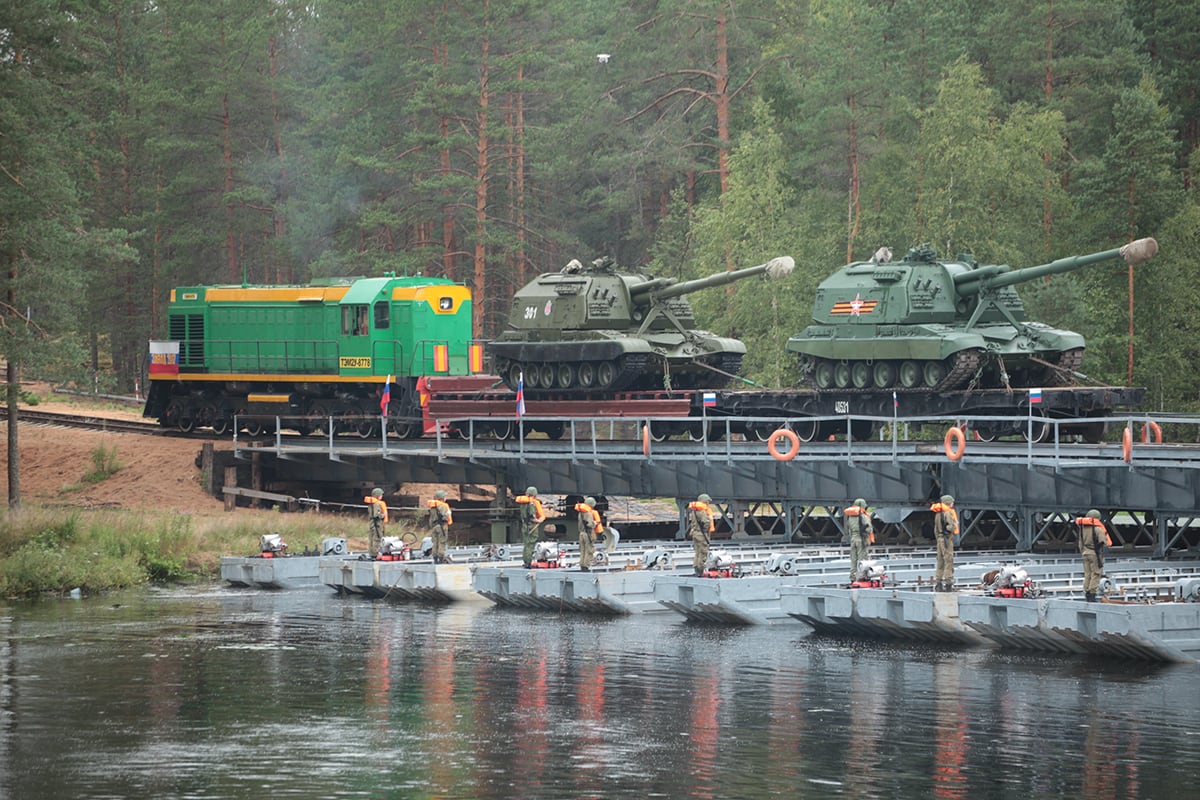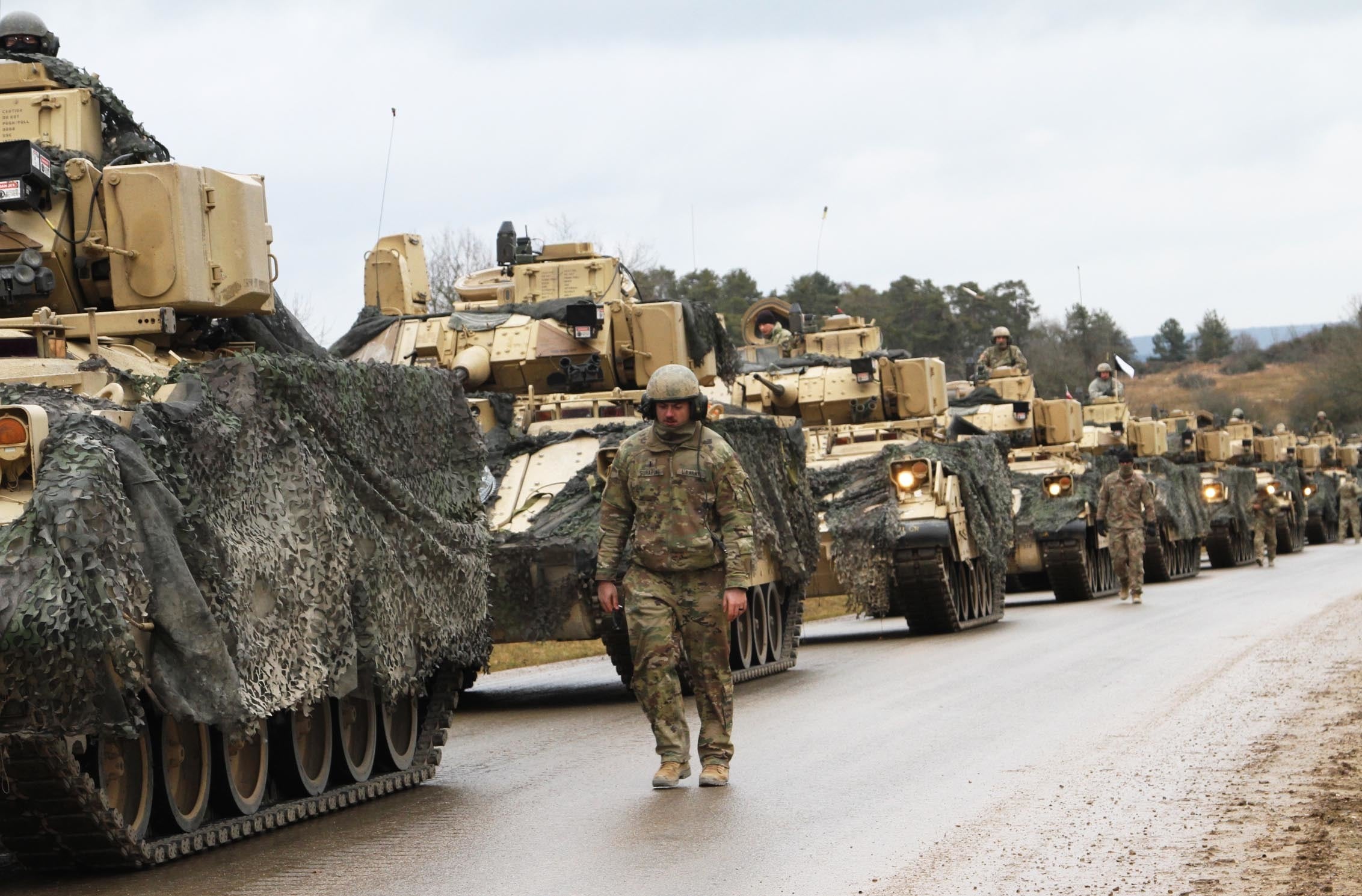In recent years, the Army has stationed more troops in Europe to balance against Russia and also increased temporary Pacific rotations, while the Marine Corps is throwing much of its weight into highly mobile, distributed units to counter China.
But which approach is more likely to keep either adversary in check?
A recently released RAND Corporation report has found that a combination of heavy ground forces and air defense in theater but not necessarily on the front lines, has had the best effect on deterring conflict.
Its authors looked at the main arguments around deploying forces – keeping most U.S. forces in the United States to deploy only as a last resort versus keeping large numbers permanently stationed in critical regions such as Europe and Asia.
RELATED

There is a third option, having light forces in the region but being agile enough to add surge numbers during crises.
Keeping forces in the United States does offer flexibility, requiring partners to provide for their own defense without needlessly provoking adversaries. But that often translated into greater instability on the international scene, and, in the end, a higher likelihood that U.S. forces would later have to fight, according to the report.
“It is not so much a country’s overall military potential that deters as much as its ability to concentrate forces rapidly to counter a specific act of aggression,” according to the report.
Moreover, having no forces in the area can also signal to aggressors that if they move swiftly, before the United States can mobilize and deploy, then the outcome will be accepted.
“The more mobile forces are, the less evidence there is that they deter,” according to the report.
Though there was not direct link, authors wrote that this phenomenon is likely due to the outward signal of commitment by the United States when deploying large-scale ground forces.
Analysis found more than 100 incidents of annexations, an aggressor country grabbing land from another territory, were achieved that way. That was 10 times the number of “land grabs” than were achieved through extended campaigns.
“Analysis shows that, when the United States has surged forces forward in an international crisis, there has been a large decline in the incidence of major clashes or war,” according to the report.
But pushing the bulk of U.S. forces to the edge of allies’ front lines is not without problems.
“Adversaries who fear encirclement by a hostile United States may also provoke low-level disputes in an effort to demonstrate their own willingness to fight, arguably a description of contemporary Russian behavior,” according to the report.
Geography does matter, however, as does the response of the adversary that the United States and its allies are trying to deter.
For example, report authors noted that deterring China would rely more on air and naval forces for offshore control and active denial. But with Russia and North Korea, we would likely see more success with ground force deterrence.
Of 10 cases analyzed in which the United States deployed ground combat forces, only one saw significant clashes after a surge into the region, according to the report. Two-thirds of incidents when no U.S. forces deployed, however, escalated into major clashes or war.
But sending in the tanks and artillery doesn’t resolve everything.
U.S. surges into crisis situations essentially “maintain the status quo” and reduced the risk of war.
“But they do not readily translate into bargaining leverage or improved long-term positions for partner states,” according to the report.
Todd South has written about crime, courts, government and the military for multiple publications since 2004 and was named a 2014 Pulitzer finalist for a co-written project on witness intimidation. Todd is a Marine veteran of the Iraq War.





